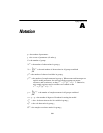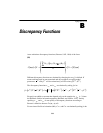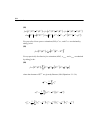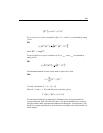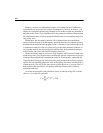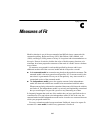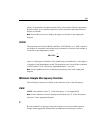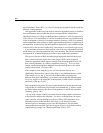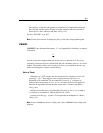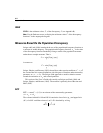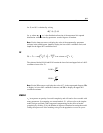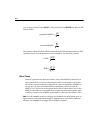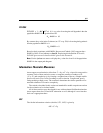
598
Appendix C
Measures of Parsimony
Models with relatively few parameters (and relatively many degrees of freedom) are
sometimes said to be high in parsimony, or simplicity. Models with many parameters
(and few degrees of freedom) are said to be complex, or lacking in parsimony. This
use of the terms simplicity and complexity does not always conform to everyday usage.
For example, the saturated model would be called complex, while a model with an
elaborate pattern of linear dependencies but with highly constrained parameter values
would be called simple.
While one can inquire into the grounds for preferring simple, parsimonious models
(such as Mulaik, et al., 1989), there does not appear to be any disagreement that
parsimonious models are preferable to complex ones. When it comes to parameters, all
other things being equal, less is more. At the same time, well-fitting models are
preferable to poorly fitting ones. Many fit measures represent an attempt to balance
these two conflicting objectives—simplicity and goodness of fit.
In the final analysis, it may be, in a sense, impossible to define one best way to
combine measures of complexity and measures of badness-of-fit in a single
numerical index, because the precise nature of the best numerical trade-off
between complexity and fit is, to some extent, a matter of personal taste. The
choice of a model is a classic problem in the two-dimensional analysis of
preference. (Steiger, 1990, p. 179)
NPAR
NPAR is the number of distinct parameters (q) being estimated. For example, two
regression weights that are required to be equal to each other count as one parameter,
not two.
Note: Use the \npar text macro to display the number of parameters in the output path
diagram.
DF
DF is the number of degrees of freedom for testing the model
qpd
−
==
df




